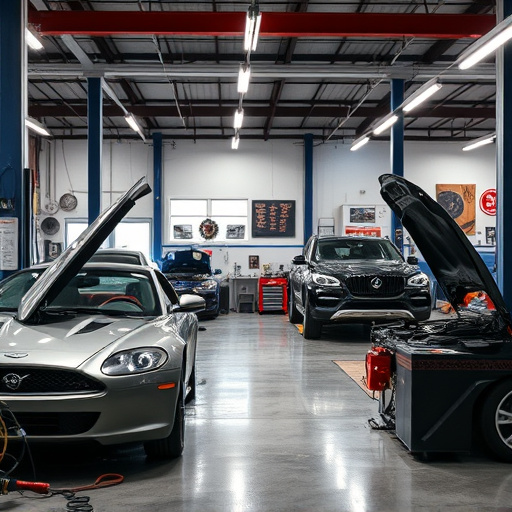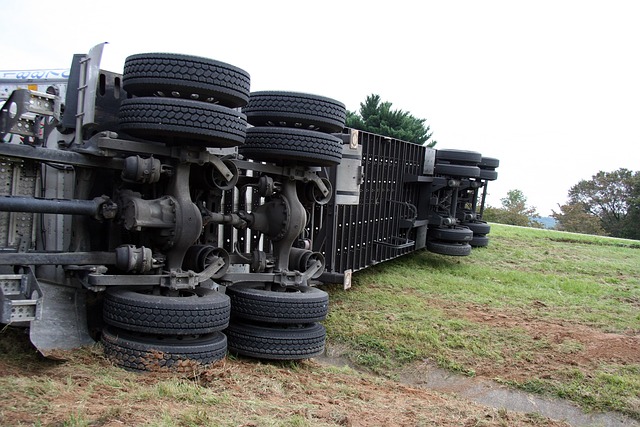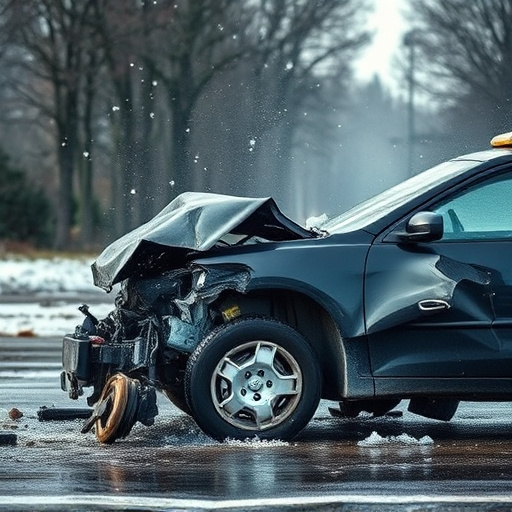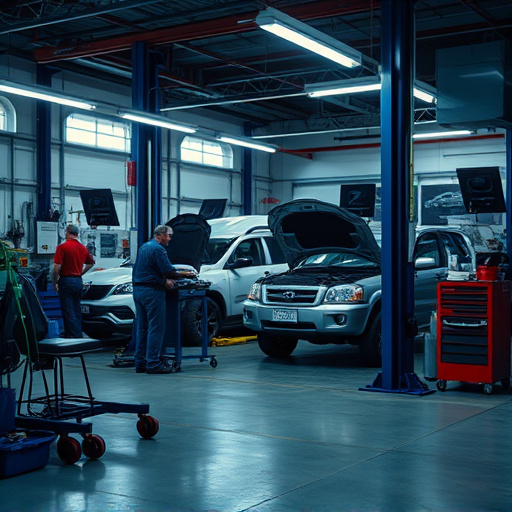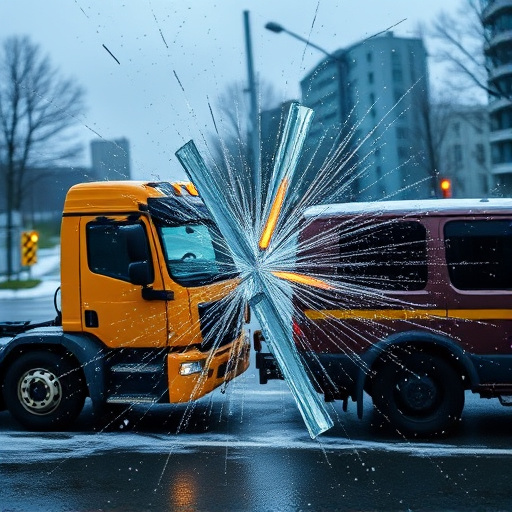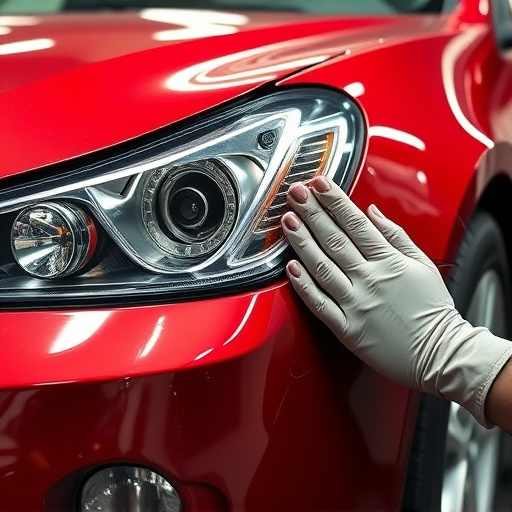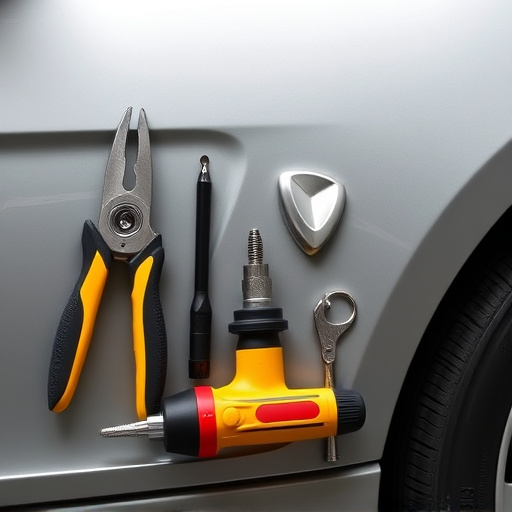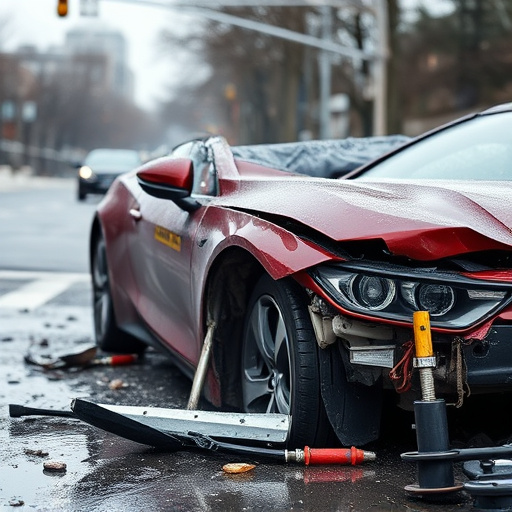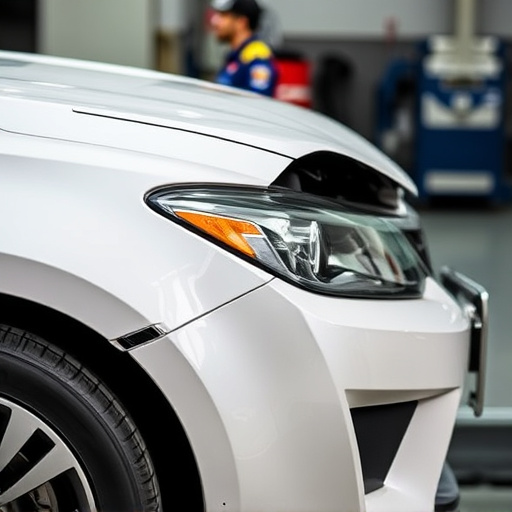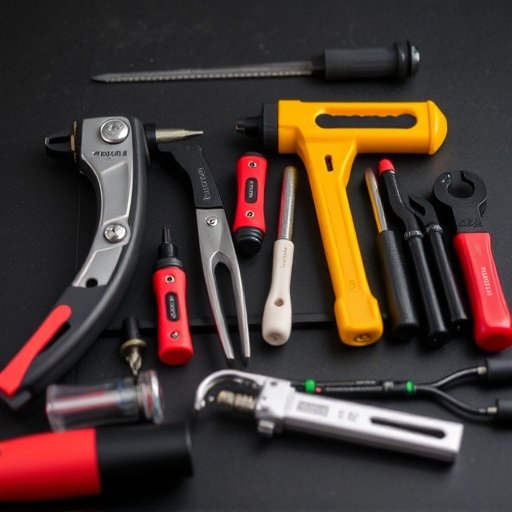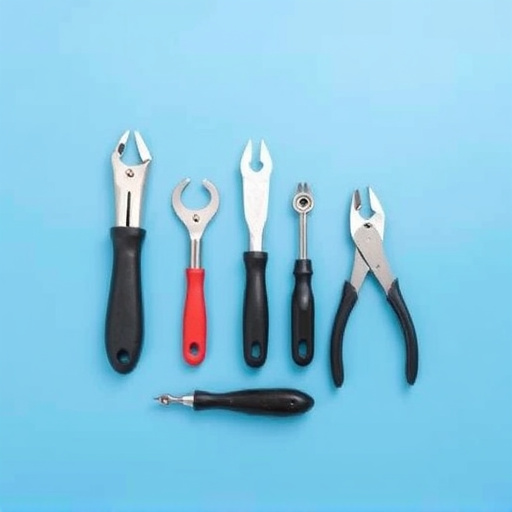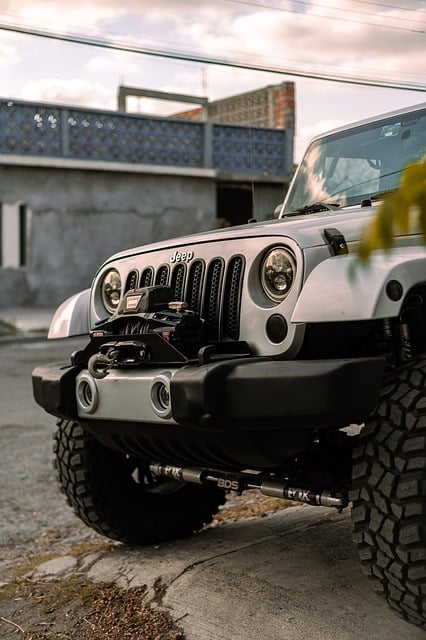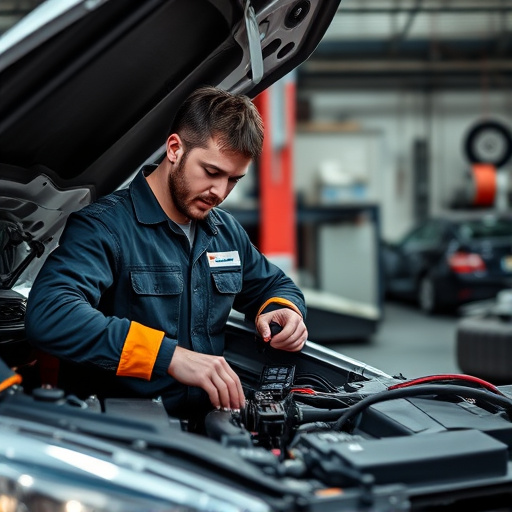Regional differences impact loaner vehicle collision repair practices, driven by automotive culture, regulations, and consumer protection laws. Urban areas prioritize quick repairs for traffic flow while rural regions focus on cost-effectiveness. Consumers are entitled to similar model temporary vehicles, detailed estimates, and post-repair quality checks, fostering trust between repair facilities and clients. Standardized procedures and digital management systems enhance consistency, build customer trust, and improve market performance, including auto painting services.
Loaner vehicle collision repair policies vary significantly across different regions, creating a complex landscape for both repair shops and customers. This article delves into the regional disparities in loaner policies, exploring how these variations impact the collision repair process and customer satisfaction. We examine collision repair coverage, delve into customer rights, and uncover best practices to ensure consistent service delivery, ultimately enhancing the post-accident experience for all involved parties.
- Understanding Regional Variations in Loaner Policies
- Collision Repair Coverage and Customer Rights
- Best Practices for Consistent Service Delivery
Understanding Regional Variations in Loaner Policies
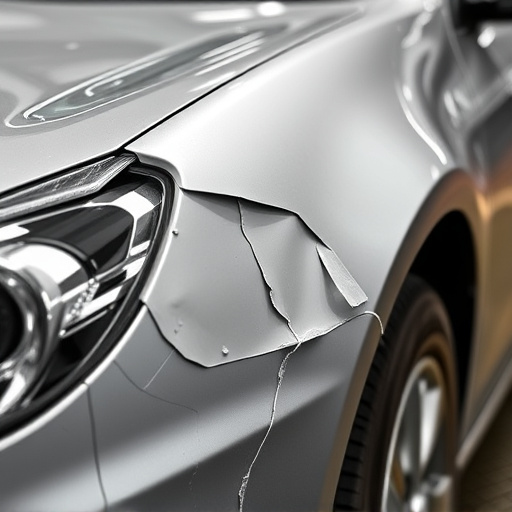
In the landscape of loaner vehicle collision repair, regional differences play a significant role in shaping policies and practices. Each area’s unique automotive culture, regulatory framework, and consumer protection laws influence how insurance companies, repair shops, and leasing agencies handle loaner cars post-accident. For instance, urban centers with dense populations and high car ownership rates might prioritize efficient, quick-turnaround repairs to manage traffic congestion, while rural areas could focus on cost-effectiveness and availability of specialized automotive repair services.
Understanding these regional variations is crucial for consumers and businesses alike. Policy differences can impact the type and quality of loaner vehicles provided during a vehicle collision repair process. Some regions might mandate standard safety features and modern technology in temporary replacement cars, ensuring a smoother experience for affected drivers. Conversely, other areas may have more lenient regulations, leading to diverse offerings—from basic models suitable for commuting to classic car restoration options for enthusiasts. Navigating these regional nuances is key to ensuring fair practices and positive customer experiences in the automotive repair industry.
Collision Repair Coverage and Customer Rights

When a customer’s vehicle undergoes loaner vehicle collision repair, understanding the scope of coverage and their rights is paramount. Collision repair policies vary across different regions, with some offering comprehensive packages that include not just the fix but also the provision of a temporary replacement car during the repair period. This is especially beneficial for individuals relying on their vehicles for daily commutes or business purposes. In these cases, customers are entitled to receive a like-kind and similar model vehicle as a loaner, ensuring minimal disruption to their lives.
In addition to the above, several regions mandate that collision centers provide detailed estimates before proceeding with any repairs. This allows customers to make informed decisions about the repair process and budget accordingly. Furthermore, post-repair, clients have the right to a quality assurance check, ensuring the work is carried out to industry standards and their vehicle is restored to its pre-accident condition. These consumer rights are crucial in maintaining trust between repair facilities and their clientele, especially for those availing of fleet repair services or visiting a vehicle body shop.
Best Practices for Consistent Service Delivery
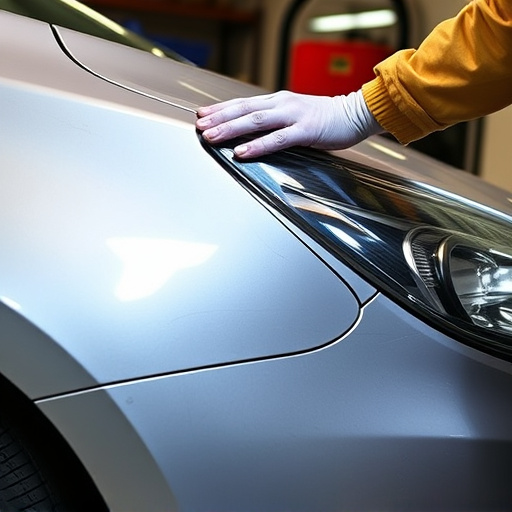
In the realm of loaner vehicle collision repair, consistency is key to ensuring a seamless customer experience. Best practices should focus on standardized procedures that cover every aspect of the service process, from initial assessment to final handover. This includes clear communication protocols, where customers are informed about the extent of damage, estimated repair timelines, and available loaner vehicles. Standardization also extends to quality control measures for repairs, especially for services like hail damage repair and paintless dent repair, ensuring that every vehicle meets high-quality standards regardless of the region.
Implementing digital management systems can aid in this consistency by providing a centralized platform for tracking repairs, managing inventory of spare parts, and monitoring performance metrics. This not only streamlines operations but also facilitates quick issue resolution and improves overall efficiency. By adopting these best practices, loaner vehicle collision repair businesses can deliver consistent service, build customer trust, and ultimately foster long-term relationships in a competitive market that includes services like auto painting and paintless dent repair.
Loaner vehicle collision repair policies vary significantly across different regions, reflecting unique cultural and regulatory landscapes. Understanding these variations is crucial for both businesses and customers navigating the post-accident process. By recognizing best practices for consistent service delivery, stakeholders can enhance customer satisfaction and streamline repairs, ensuring a smoother journey for all involved parties. This knowledge empowers individuals to make informed decisions when choosing repair facilities, ultimately fostering a more transparent and efficient loaner vehicle collision repair ecosystem.
